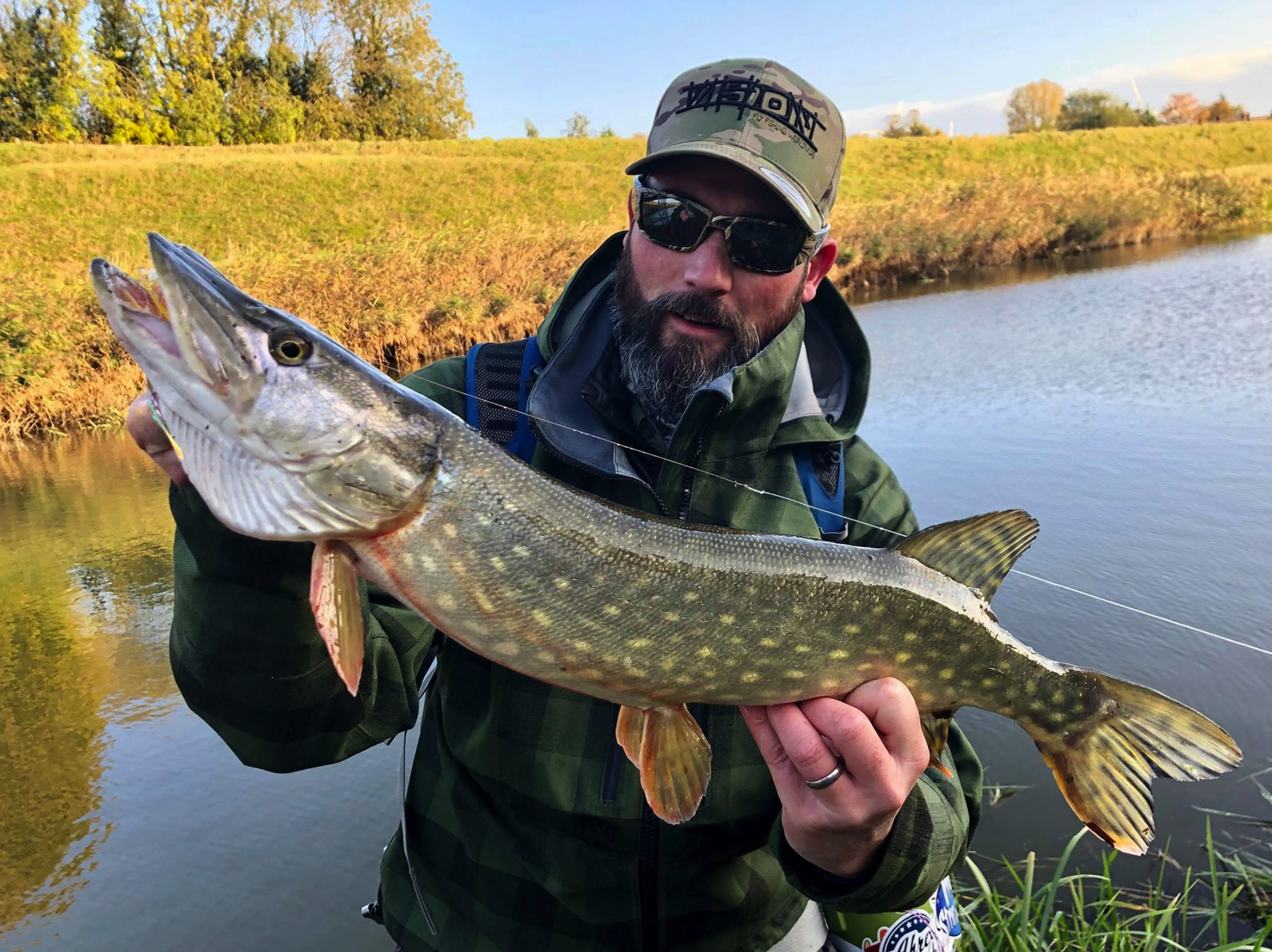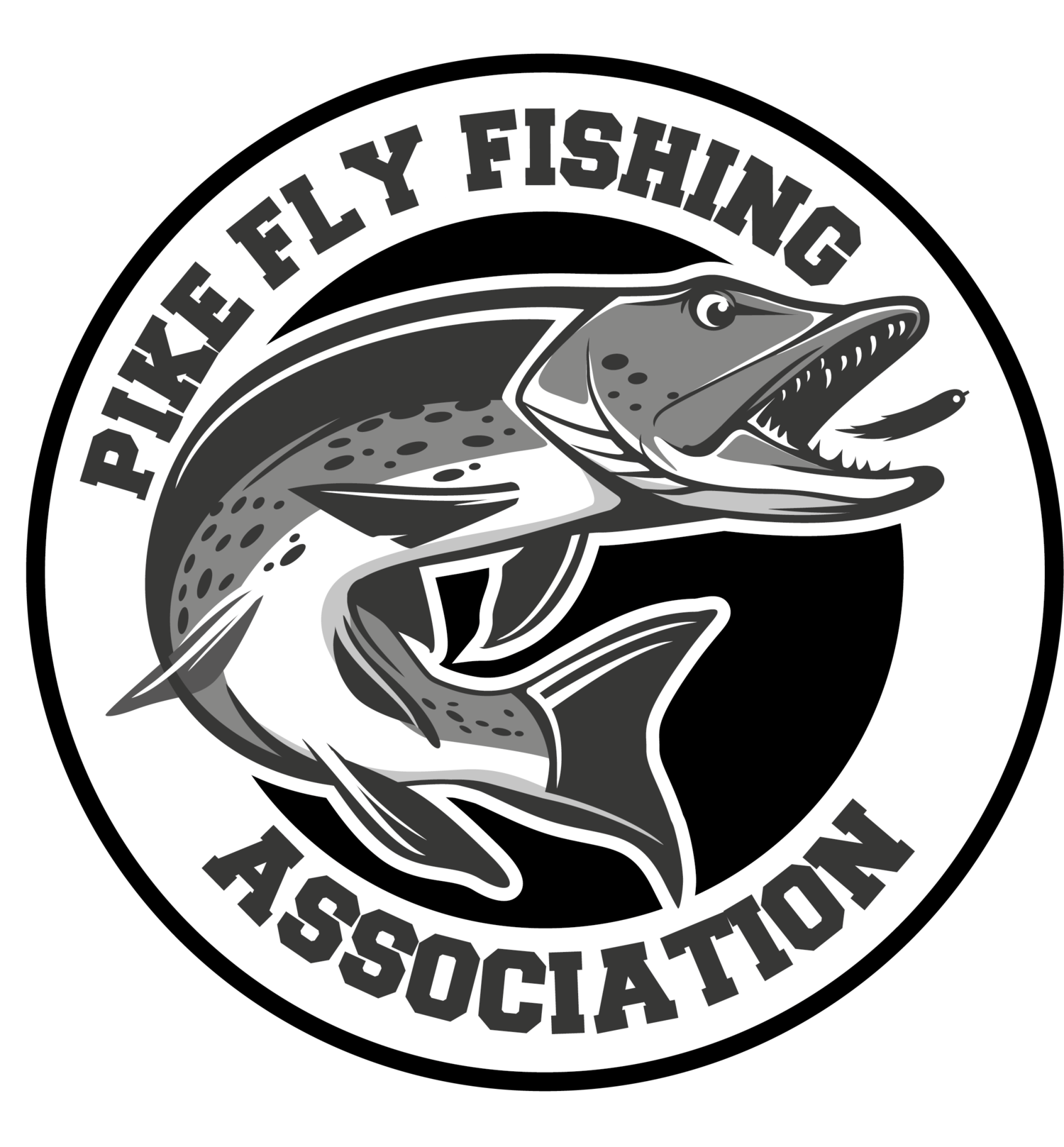
Guides
Guide to Pike Handling
Guide to the correct way to handle a pike.
Apex predators carry out an important role in underwater ecology. They appear to be tough, hardy creatures, which they are in their own underwater environment, but remove them from this and they are surprisingly fragile.
Special care therefore needs to be taken when landing, unhooking and handling predators to ensure that they are returned safely to the water. Of course, predators also have teeth so proper handling protects us from injury too.

LANDING PIKE
When it comes to landing pike, a suitably sized pike net will be needed.
Ensure the mesh is well sunk before bringing the pike over it, lifting the net to retain the pike.
Hold the net at both sides of the frame, gathering up the mesh to lift it just high enough off the ground to carry it straight to a recommended (large) unhooking mat or place the net gently on soft grass.
Never allow the fish to be dragged along, laid on rough/hard ground or left unattended.
Once your fish is safely in the net, give it a couple of minutes to rest and regain a bit of energy. At this point it will have just fought with every ounce of strength it had, the last thing you should do is take it straight out of water and suffocate it without so much as a rest first. Whilst it’s resting, ensure you have your unhooking tools/mat & your camera equipment ready, doing so will reduce the amount of time the fish is out of the water.
-

Pike sized net
A Pike sized net, this particular one is ruber mesh, folds & can come with extra long handle which is ideal for river bank fishing.
-

Soft Unhooking Mat
Soft unhooking mat to be used on hard surfaces or in boats. Most also roll up small as well.
-

Unhooking forceps 12" (inch) long
Unhooking forceps 12" (inch) long with a bend are ideal. Can also use extra long nosed pliers or pistol grip pliers.
UNHOOKING PIKE
Newcomers to piking may find the pike’s teeth a little intimidating and unhooking may seem a daunting task at first.
Many fish are injured during unhooking because of the lack of confidence of the angler. This is completely avoidable by simply having the right tools for the job and a little practice.
Basic unhooking is very simply once you know how.
You’ll need a pair of twelve-inch forceps to remove the hook, a pair of long-nosed wire cutters in case you need to cut through the wire trace to make unhooking easier and a suitable unhooking glove.
Some anglers prefer to use a glove for unhooking which is perfectly safe for the fish, especially if it gives you more confidence. If you want to employ this tactic, make sure it’s a glove designed for pike fishing as other gloves can get caught in the gill rakers and give you another problem to deal with.
With your pike safely on the unhooking mat, the first thing to do is check to see where the hooks are before handling the fish.
-

Step 1
On a mat, lay your prize on it’s back and straddle it between your knees. This gives you full control should the fish try and thrash which is often the case, especially with smaller pike.
-

Step 2
Gently lift the gill cover.
-

Step 3
Slide two or three fingers under the gill plate and move forwards to front of the mouth, into the v shape in the jaw. Don’t worry, your fingers are not near the teeth and are perfectly safe.
-

Step 4
Pull up gently with your fingers to open the jaws slightly. You will feel the chin bone, which is flat and separated from the jawbone by a very thin sheet of skin.
It is this bone that you need to grip. Be careful not to pull on the protective sheet of skin, as you could end up tearing it and causing permanent damage to the fish.
-

Step 5
Now, using your fingers pull up. The mouth will open wide, making it easy for you to see your fly and remove it from the fish using your long reach pliers or forceps.
It is this bone that you need to grip. Be careful not to pull on the protective sheet of skin, as you could end up tearing it and causing permanent damage to the fish.
Sometimes it can be awkward to get the angle right to get the hook out. For this very reason, angled pliers are handy to have with you. It is possible to unhook through the side of the gill plate, but be extremely careful and only do so as a last resort because damaging the gills, particularly during the cold weather will prove fatal for the fish.
DEEPLY HOOKED FISH
A deep hooked pike is every pike angler’s nightmare. It is often the result of letting the pike run with the dead/live bait for too long, though it is not the only cause. Deep hooking is where a pike will actually swallow the bait.. But I hear you say, Fly fishing doesn’t use dead/live baits. Your right, we don’t use dead/live baits; instead out flies mimic live “baits”. With pike fly fishing, your hands on the fly line all the time so deep-hooking is pretty much impossible, so a win for us! But knowing what deep hooking means in pike terminology is good information.
Handling
Once your pike is unhooked you may want to transfer it to a suitably large weigh sling for weighing or if want to take photographs.
The ‘chin grip’ helps you to control the fish but you must also take the weight of the fish in your arms. This prevents the fish from struggling, being dropped or causing damage to itself.
Always keep the fish low to the ground and over the mat/net in case you do drop it.
Preparation is the key to efficient handling. Have everything to hand and ready for use including unhooking tools, scales, camera and have the mat and weigh sling wetted-up.
Experienced anglers often unhook and release pike in the water’s edge without removing the fish from the water. This greatly reduces the risk of causing injury to the fish.
Remember: Minimum Handling = Maximum Conservation.
If in doubt about handling and unhooking any predator, go with an experienced angler until you’re confident enough to go it alone.
For more information, contact us.

